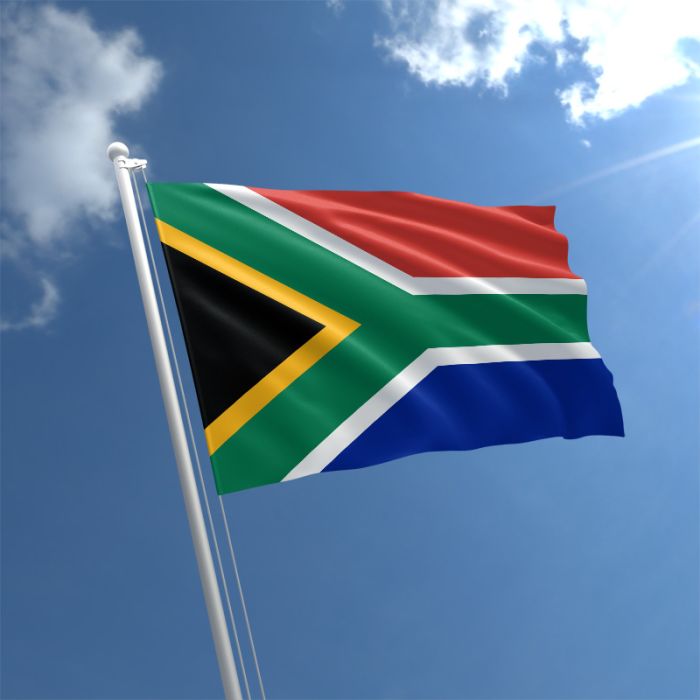Residents of Hout Bay, a community close to South Africa’s tourist capital Cape Town, recently held a candlelight vigil for 22-year-old German national, Nick Frischke, who went missing during a hike in the area. Five suspects, all South African nationals between the ages of 20 and 25, were arrested for being in possession of items belonging to Frischke. They appeared in court on Tuesday, facing charges of robbery with aggravating circumstances. The case has been postponed until March 6 for further investigation, according to a statement by the National Prosecuting Authority in the Western Cape.
Despite ongoing efforts to curb violent crime, South Africa remains one of the world’s most unequal societies, with high levels of murder and rape. Since the African National Congress (ANC) replaced white-minority rule after the country’s first democratic elections in 1994, the government has struggled to contain violent crime.
According to the latest quarterly crime statistics released in February by Police Minister Bheki Cele, of the 7,555 people murdered in the three months of reporting ending in December, almost half were shot, while around a third were killed with other weapons such as knives, bricks, and in some cases, bare hands. This highlights the changing landscape of crime in South Africa, where weapons of choice have evolved over the years.
In the case of Frischke’s disappearance, the integrated search operation for him continues, and it is still too early to speculate on what may have occurred. This incident serves as a reminder that despite progress made in reducing violent crime, there is still a long way to go in ensuring the safety and security of all South Africans.
The changing landscape of crime in South Africa
South Africa has experienced significant changes in its crime landscape over the past two decades. Despite efforts to combat violent crime, the country still grapples with high levels of crime, particularly murder and rape. Since the African National Congress (ANC) took power in 1994, replacing white-minority rule, the government has struggled to contain violent crime.
According to the latest quarterly crime statistics released in February by Police Minister Bheki Cele, of the 7,555 people murdered in the three months of reporting ending in December, almost half were shot, while around a third were killed with other weapons such as knives, bricks, and in some cases, bare hands. This highlights the changing landscape of crime in South Africa, where weapons of choice have evolved over the years.
The country’s high crime rate is often attributed to factors such as poverty, inequality, and a legacy of apartheid-era policies. Despite government efforts to address these underlying issues, crime remains a significant challenge for South Africa. In addition to high levels of violent crime, the country also faces a growing problem with organized crime, including drug trafficking, money laundering, and corruption.
To address these challenges, the government has implemented a range of measures, including increased police visibility, community policing initiatives, and tougher sentencing for violent crimes. However, progress has been slow, and crime continues to be a major concern for many South Africans.
The recent case of Nick Frischke’s disappearance in Hout Bay is a stark reminder of the ongoing challenges the country faces in tackling crime. While the search for Frischke continues, it is clear that more needs to be done to ensure the safety and security of all South Africans.




